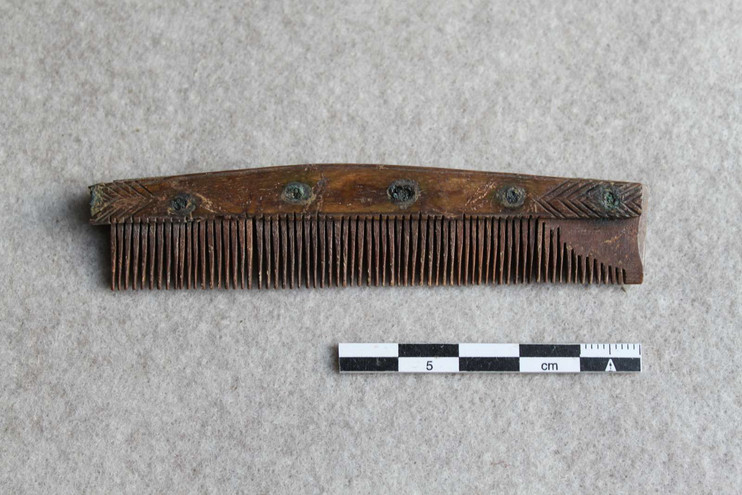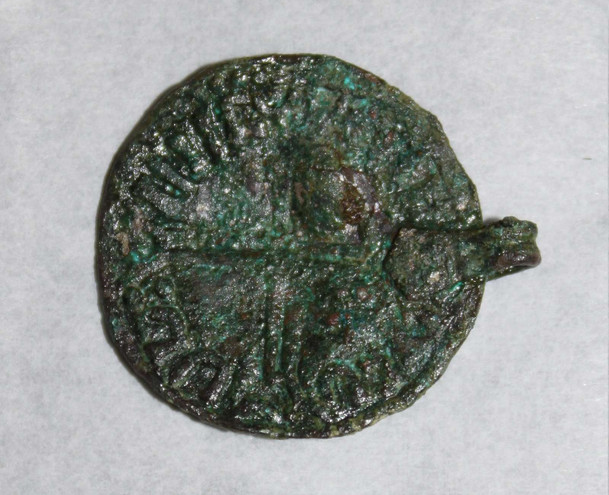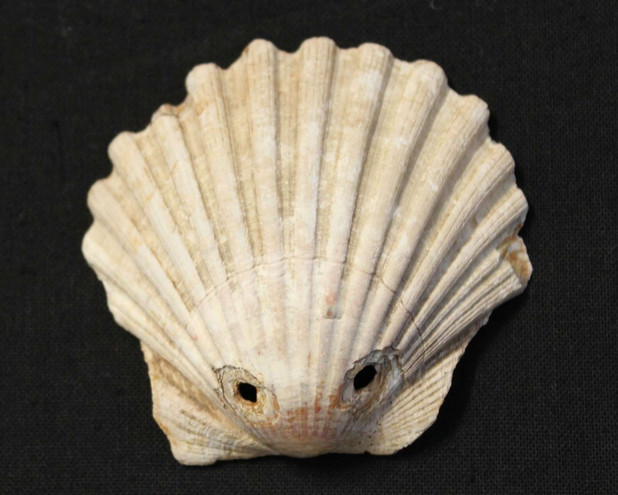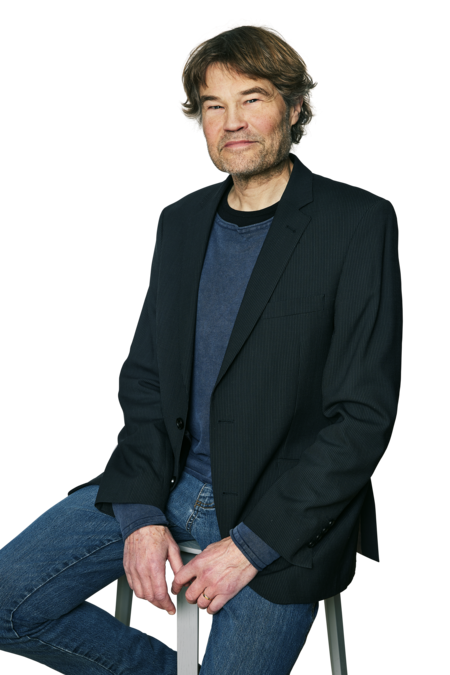Excavations reveal past ways of life, networks and consumption
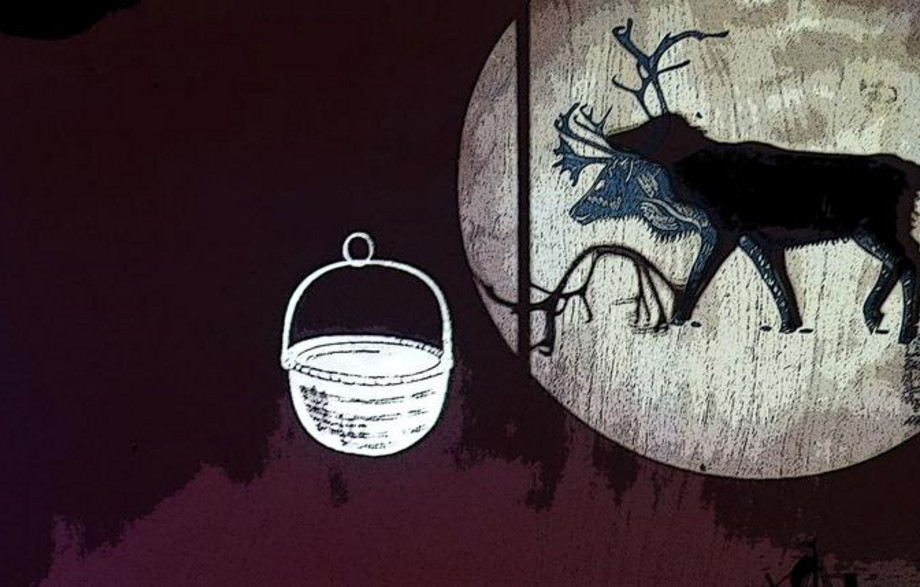
What does a 400-year-old cow bone feel like to the touch? Why would archaeologists find hundreds of clay pipes with broken stems buried beneath Copenhagen? What is a pilgrim's scallop, and what did it symbolise when worn on a chain around the neck? Where did the material for medieval combs come from?
Over the last few years, a mobile museum has popped up at several locations in Scandinavia to present the latest research discoveries in urban archaeology, including some of the artefacts that surrounded citizens of the past. The featured exhibits were unearthed during urban archaeological excavations at Copenhagen Metro construction sites, the Thomas B. Thriges Gade site in Odense, Denmark and the Nya Lödöse site in Gothenburg, Sweden.
Findings from the archaeological excavationsThe project, entitled ‘The Past Exposed’, sheds light on fascinating facts such as the participating cities' links to the rest of the world during the period 1000-1700. The exhibition comprises original objects, animations and hands-on experiences, and offers the public an opportunity to meet local archaeologists and gain insights into their research methods and findings.
To strengthen research conducted by Danish museums and extend the outreach of their mediation to a wider public, in 2015, VELUX FONDEN established a special Museums Programme.
This was accomplished in close dialogue with a number of the many and diverse museums across Denmark to ensure that the programme would embody the museums' own suggestions, deliberations and preferences.
So far, the programme has helped to mount 12 projects across Denmark, all of which will be reinforcing the partnerships between the museums' researchers and mediators and the universities' humanities researchers, and helping to improve the outreach of researchbased discoveries through engaging and compelling stateof- the-art mediation methods tailored to the contemporary
museum visitor.
Urban links to the world beyond, near and far, create new networks, products and consumption patterns. Our everyday objects recount an important part of that history. The exhibition makes it clear to visitors that urban networks and links to the rest of the world are not new phenomena, but integral elements of urban histories. At the same time, it creates an experience that allows visitors to gain a sense of the process from find to interpretation, which is core to the archaeologist's work.
The exhibition content and design are platformed on the findings of the research component of the umbrella project Urban Encounters, which, in 2015, was one of the first recipients of a grant, DKK 4.9 million,
under VELUX FONDEN's Museums Programme.
The project is a partnership between Museum of Copenhagen, Odense Museums, the Nya Lödöse project and Centre for Urban Network Evolutions (Urbnet) at Aarhus University. The project comprises research and museum outreach concerning three of the largest-scale urban archaeology excavation projects in the Nordic region.
The combination of the scale of the excavations and new methods of analysis make it possible to gain new insights into urbanisation, mobility and the formation of urban identities in Medieval and Renaissance Nordic urban centres. In addition to the mobile museum, in the coming years, the project will result in two PhD dissertations focusing on Medieval urbanisation in the Danish cities of Copenhagen and Odense, respectively, and a series of articles on topics such as luxury-goods consumption, boundaries between public and private urban spaces, and differences between secular and ecclesiastical urban identities. At the end of 2019, a concluding seminar and special lecture will be hosted at Museum of Copenhagen.

